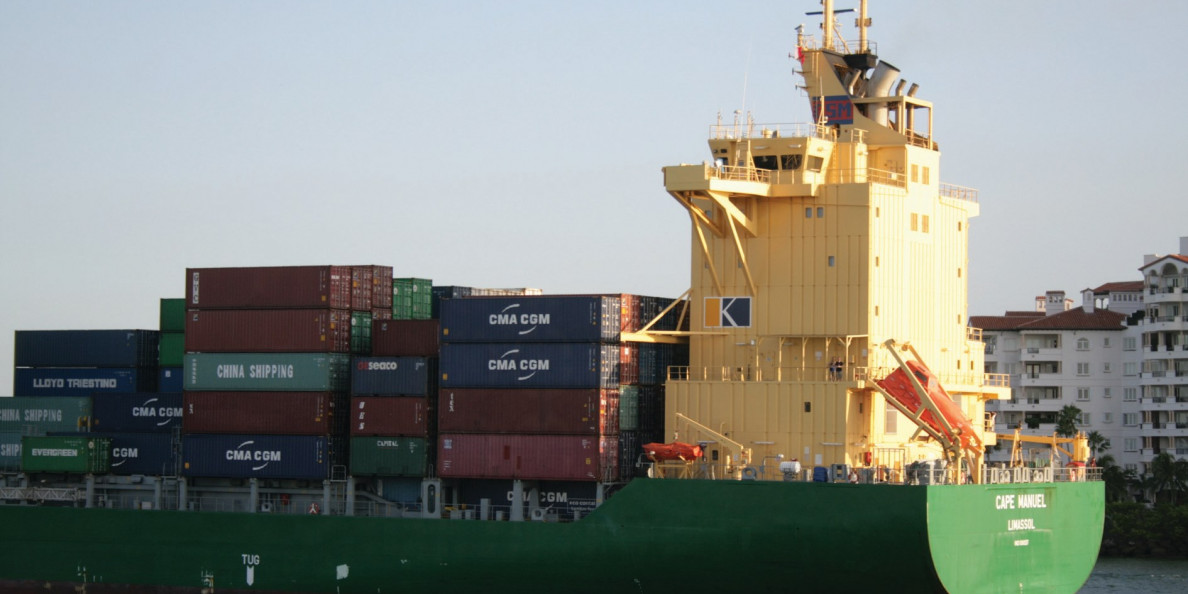The regional features of novel coronavirus make the resumption of cotton textile industrial chain differ evidently. The transportation of Xinjiang cotton to inland makes the mills turn to purchase imported cotton instead. Orders of textile plants begin to shift to Zhejiang and Jiangsu, where is less affected by the virus, and some export orders are shifted to other countries. The cotton consumption declines by about 34.1% year on year in Jan-Feb, and consumption is supposed to be hard to improve evidently in Mar-Apr.
1. Regional difference of COVID-19 changes the order transfer

Latest data released by National Health Commission by midnight, March 9, 2020.
The infections of the novel coronavirus on the Chinese mainland numbered 80,754 totally, the National Health Commission announced in the morning of Mar 10, and that in Hubei province totaled 67,760, taking a share of 83.91%. Plants outside Hubei province has started to resume operation and production successively from early or mid-Feb, while plants in Hubei are requested to resume work not earlier than Mar 10. The regional characteristic of the novel coronavirus makes the resumption of cotton textile industrial chain differ evidently.
Affected by the novel coronavirus, the roads are under strict control and the transportation in Xinjiang is also restrained. The road transportation is once stagnant, while railway transportation operates well. In Feb, 2020, 126.8kt of cotton is delivered from Xinjiang to inland, down 236.7kt from Jan, and 5.5kt of cotton is delivered by road transportation, down 72.1kt month on month and 50.6kt year on year. As the delivery volumes decrease sharply in Feb, some contracts cannot be implemented, so some mills turn to purchase imported cotton.
In addition, it is understood that the resumption of textile enterprises in Shandong, Zhejiang and Jiangsu is relatively fast, while that in Guangdong and Henan is relatively slow. Affected by the resumption speed, transportation and order delivery time, some downstream orders have started to transfer to the provinces with fast resumption speed.
2. Low resumption of plants drags down the cotton consumption


Operating rate of cotton textile enterprises is relatively low in early 2020 affected by the epidemic. According to CCFGroup, operating rate of spinning mills was only 40.8% in early Mar, while that was about 56.6-62% during the same period of previous years. Besides, operating rate of weaving plants was only 40.4% in early Mar, down obviously from 61.2-70% of the same period of previous years. Plants were hard to resume work and restart production restrained by lack of workers and defensive materials, and the unsmooth logistics. Meanwhile, the pessimistic outlook towards late market caused by limited new orders and sharp fall of commodity market also affects the plants’ production.

According to CCFGroup, cotton consumption is assessed to be about 800kt in the first two months of 2020, down 34.1% year on year, to hit a low level in recent years. Viewed from the latest novel coronavirus and international market environment, plants face series of adverse factors: some export orders are shifted to other countries, cotton prices experience large fluctuations, new orders are limited, and the liquidity of workers and materials is restrained. In Mar and Apr, downstream textile enterprises may be still hard to recover to the normal level, and demand for cotton is hard to improve largely.
In general, the regional features of novel coronavirus make the resumption of plants differ evidently. The transportation of Xinjiang cotton to inland makes the mills turn to purchase imported cotton instead. Orders of textile plants begin to shift to Zhejiang and Jiangsu, where is less affected by the virus, and some export orders are shifted to other countries. The cotton consumption declines about 34.1% year on year in Jan-Feb, and consumption is supposed to be hard to improve evidently in Mar-Apr. |






